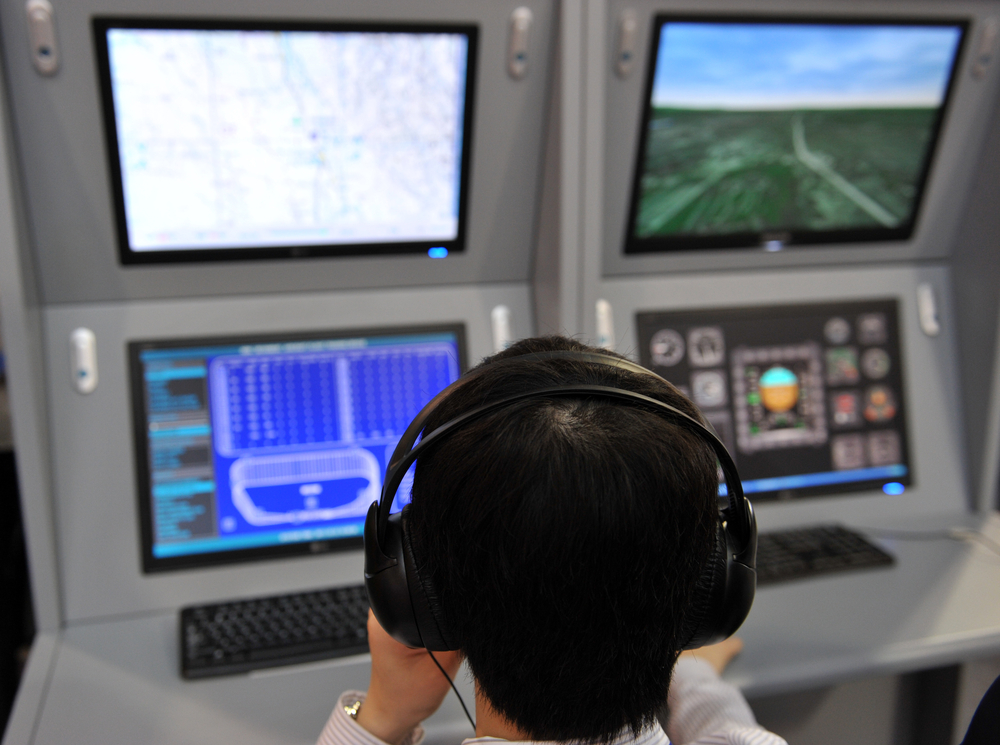Every second of every minute that a plane is not in the air, it loses money; with Airbus China recently estimating the daily cost of a grounded A380 Airbus to be $1,250,000. With operators under pressure to streamline their costs and increase their revenue one of the most vital emerging uses of the Internet of Things is in helping keep aircraft off the ground. Aircraft maintenance procedures therefore play a fundamental role in preventing ‘Aircraft-on-ground’ (AOG) events, a term used to indicate when a problem is serious enough to prevent a plane from taking to the skies.
Not only are AOG events incredibly costly, they also cause a major disruption to operations, often leaving fleets grounded for a significant period of time. This can leave passengers frustrated to find their flights delayed, or worse, cancelled altogether, forcing them to find alternative routes.
This not only damages the airline’s reputation, but also that of the manufacturer, to provide consistently reliable and available fleets. To maximise uptime and ROI therefore, it is critical for airlines and OEMs to find solutions to keep AOG events at bay.
> See also: Why manufacturers need to wake up to the Internet of Things
How is AOG processed?
AOG can be caused by the non-availability of any component, spare part or system that is needed to get the plane into the air again. When a plane is determined to be AOG, the required parts are dispatched rapidly to try to return the aircraft to service as soon as possible. This is done through specially trained AOG teams, made up of engineers, mechanics and advisors.
Why is AOG an issue?
After jet fuel and maintenance checks, the repairable rotable components are often the most costly vital parts. After all, the airline makes its money when its fleet is in the air, and therefore non-availability of any component that prevents an aircraft from taking off is impacting its bottom line.
In 2011, a crack appeared in the fuselage of a Boeing 737 in mid-air, causing a major airline to ground 300 of its flights. Nearly 80 planes were put into AOG status as a result, and remained grounded until they could be inspected and any required repairs could be carried out.
Industry experts estimate that this single episode cost the airline up to $4 million in lost revenue due to thousands of disgruntled passengers having to find alternative carriers or boycotting them for future travel altogether.
The advent of IoT
The IoT is being hotly tipped to revolutionise the aerospace industry, transforming every part of this data-heavy sector; from assembly and manufacturing to maintenance and safety, including tracking the aircraft’s location.
Specifically relating to maintenance, the IoT helps airlines collect and subsequently to translate vast volumes of data into meaningful business information that can then be applied to determine the status and performance of particular systems and subsystems within an aircraft.
Of course, the more information made available to the ground staff, the more informed the decision making process will be in ascertaining firstly, what the issue is, and secondly, whether it is a problem with one particular aircraft, or the entire fleet; enabling them to improve their performance.
Sensors are now being distributed throughout the aircraft, for example, monitoring key performance parameters such as fuel burn in the engine. When the flight has landed, this information can be downloaded and analysed by the ground staff, enabling appropriate action to be taken to correct any minor faults or make alterations and get the aircraft back in service as soon as possible.
Five years ago, this post-flight analysis may have taken many people many days to complete, whereas now there are solutions available that are providing useful maintenance data within minutes of a plane landing.
The future of IoT in aerospace
The advancements that have been made in data analytics so far are already transforming how aircraft performance can be assessed. There is however more work to be done before real-time health monitoring from the skies becomes a reality. The current bandwidth for in-flight data transfer is around 400 kbps and the next planned upgrade is up to 10 mbps. Faster speeds yet will enable increasing amounts of critical performance data to be shipped to the ground for real-time assessment.
Ground staff having access to a constant stream of information could be a reality in around five years’ time, giving them continual and complete visibility of the aircraft’s performance. If, for example, one of the engine vitals fails mid-air, a standby system would kick in and run all of the necessary functions to enable it to complete its journey safely.
> See also: Taming the ‘edge’ of the IoT is its biggest revenue opportunity
An alert would then be sent to the ground staff, who could use the real-time information to determine the cause of the failure, before engaging the necessary personnel and sourcing the components required to get the aircraft back up and running as soon as it lands.
Getting all of this preparation done while the aircraft is still in flight would help the airline to vastly reduce the chance of it being placed in AOG, therefore helping it to reduce maintenance costs and also keep passengers happy.
At a time when OEMs and airlines are doing everything they can to keep maintenance costs down and revenues up, data analytics tools are increasingly being used to help them address these pressures.
Those that are starting to move towards real-time solutions will ultimately benefit from increased safety and greater efficiency of operations, resulting in reduced AOG events and ultimately, higher customer satisfaction.
Sourced from Rupak Ghosh, VP, Cyient







